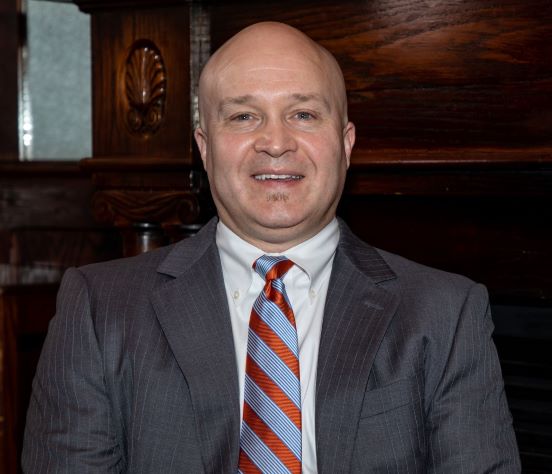
Date: Wednesday, November 9th 2022
Time: 12:00PM EST, 1 CPE CREDIT
The passage of the Inflation Reduction Act of 2022 (IRA) has transformed energy-efficient tax incentives for commercial real estate. The IRA will alter and amplify both the 179D Deduction and the Section 45L Tax Credit. In this all-new webinar, we will compare the current version of each incentive to the “IRA Version” of the incentive, addressing changes to reference standards, calculation of incentives, documentation procedures, and more. New exciting initiatives including utility sales tax recovery, C-PACE, and more will also be discussed. Numerous real-life case studies will be reviewed, and a variety of reference tables will be provided.
Learning Objectives:
* Compare the requirements for claiming the 179D deduction under both the old and new laws
* Understand how the 179D deduction is calculated under the Legacy Program and under the IRA
* Recognize other changes to 179D under the IRA, including the elimination of partial deductions and the establishment of deduction reset
* Compare the requirements for claiming the 45L Tax Credit under both the old and new laws, and the associated differences for single-family and multifamily dwelling units
* Become familiar with solar energy incentives, the benchmarking process, and C-PACE
* Learn about NYC’s new Carbon Emissions Bill, and recognize potential implications in New York and beyond
Meet Bruce Johnson, Capstan Tax
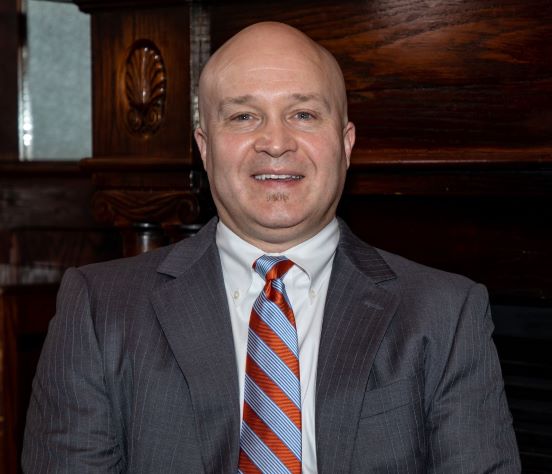
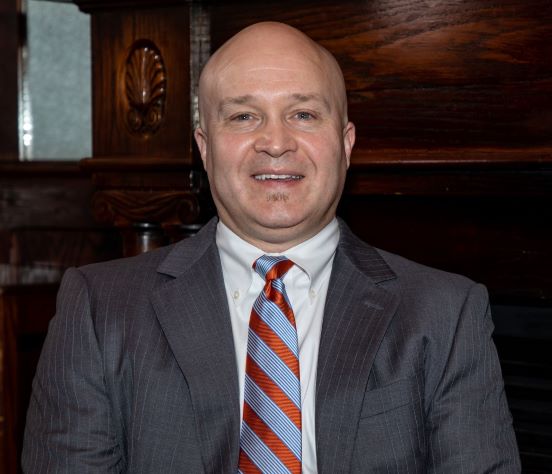
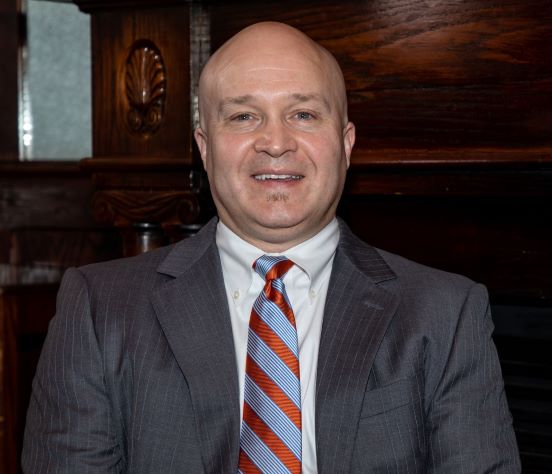
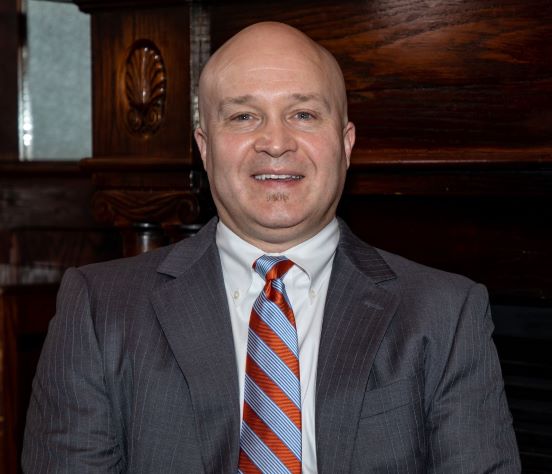
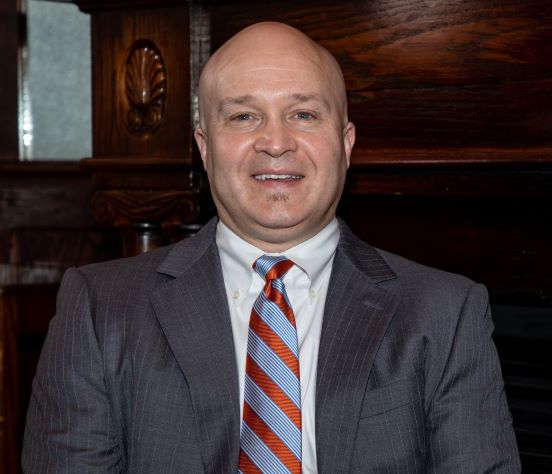
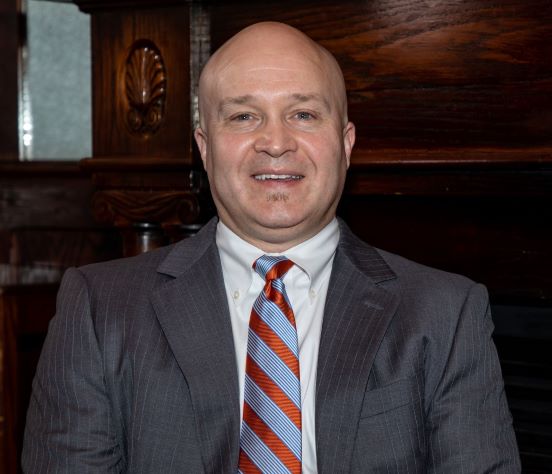

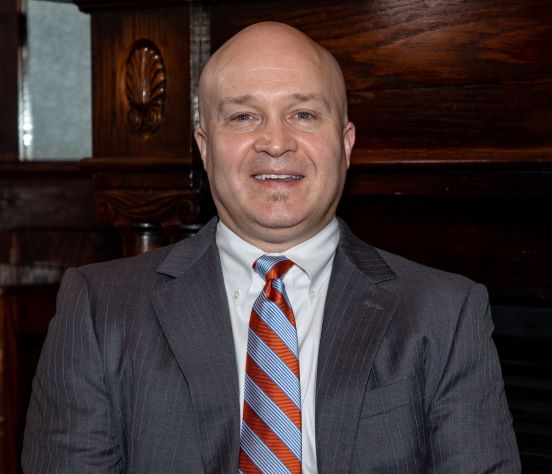
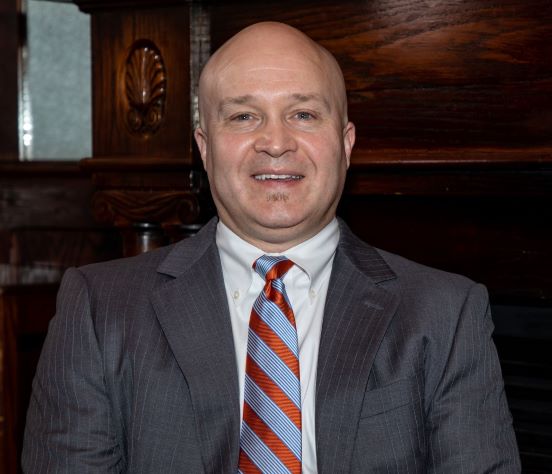
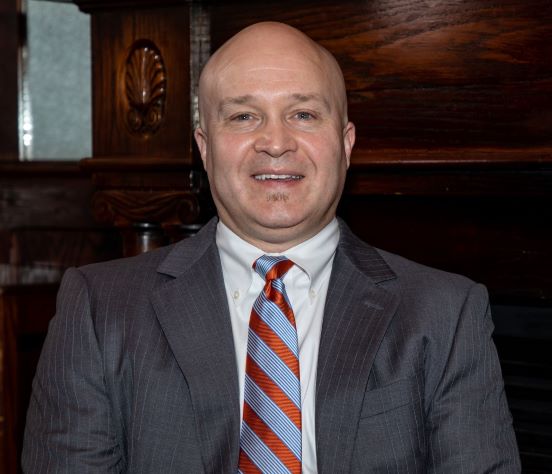
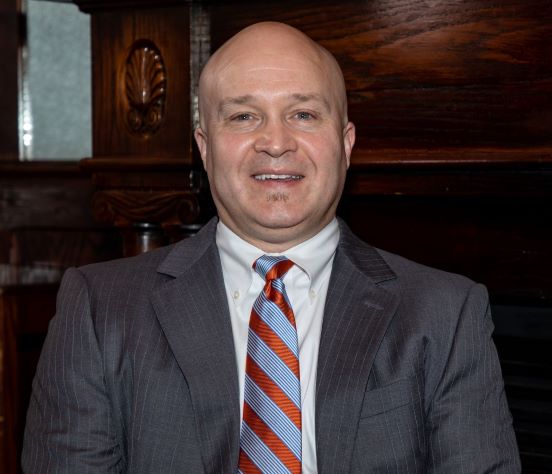


















Recent Comments